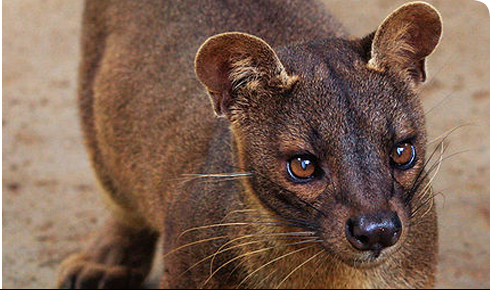Behaviour
Microgale talazaci although believed to be solitary in nature, in captivity male and female pairs share nests.
Males show aggression towards each other by mouth gaping, squealing or biting, usually resolved by the weaker animal fleeing to cover.
Both males and females scent mark by repeatedly dragging the cloacal region over the same surface. Information from captivity studies by Eisenberg and Gould (1970) and Stephenson and Racey (1993).
Feeding
The major part of the diet in captivity includes a variety of insects, particularly Coleoptera and Orthoptera, but frogs are also eaten (Eisenberg and Gould, 1970; Stephenson et al., 1994) and there is evidence from pitfall trapping that other vertebrate prey, such as smaller species of Microgale (M. cowani and M. drouhardi) are consumed, although this may be due to lack of the ability to escape.
Predators
Potential predators include any larger reptiles, birds or mammals and there is evidence that this species is preyed on by the fossa Cryptoprocta ferox (MacPhee, 1987; Goodman et al., 1997).
